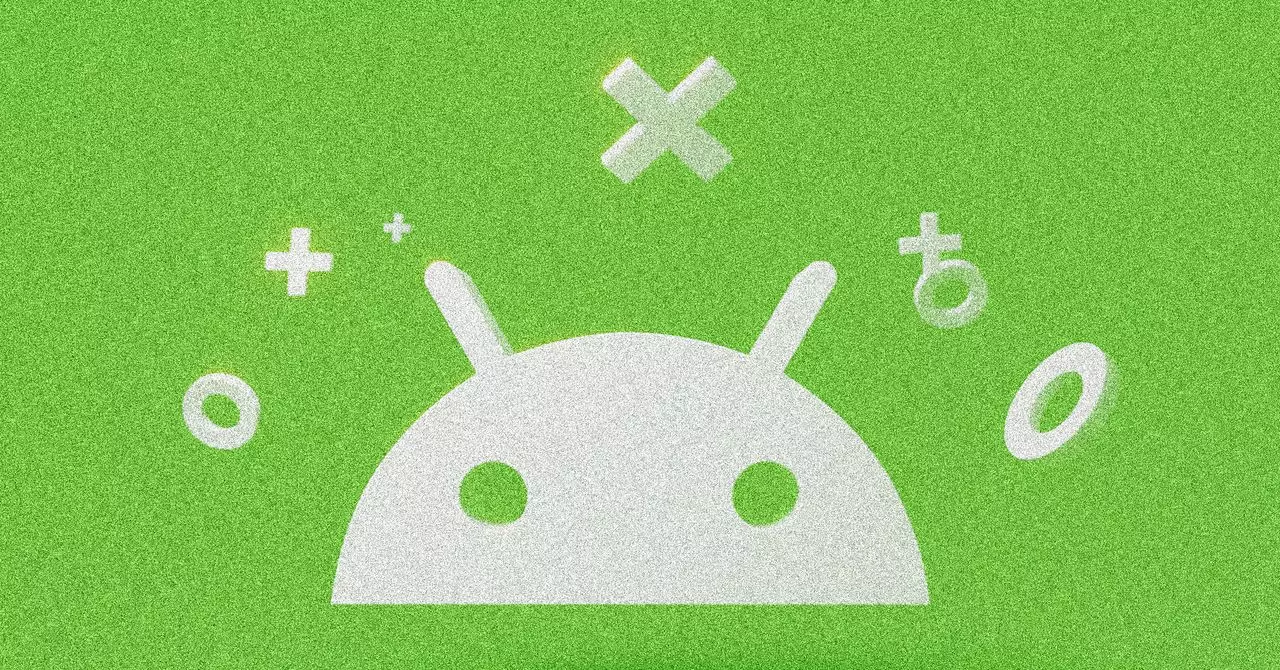As the tech world gears up for Google I/O on May 20, excitement is palpable regarding the forthcoming innovations that Android 16 promises to deliver. In a savvy move to build anticipation and provide a sneak peek into the future of its mobile operating system, Google recently hosted a virtual event, “The Android Show,” where it unveiled an array of features designed to entice both developers and consumers alike. Set to debut on Google’s Pixel phones, anticipated to be part of the new Pixel 10 series, many of these updates will see widespread implementation with the launch of the major Android update in June, marking an earlier arrival than in previous years.
A Fresh Take: The Material 3 Expressive Design Language
Among the most striking changes is the introduction of a new design language dubbed Material 3 Expressive. This redesign prioritizes personalization, deviating from what was established with Material 3 four years ago. Notably, Google clarifies that this is not an entirely new version of its design system. Rather, Material 3 Expressive serves to enhance user experience based on extensive research—culminating from 46 studies involving over 18,000 participants. This research underscores a significant shift in aesthetics, focusing on characteristics like creativeness, energy, and friendliness; all crucial elements that enhance overall user engagement.
The implications of these aesthetic changes cannot be underestimated. By utilizing a design approach that speaks to a diverse audience, Google aims to reverse the trend of youth favoring competitor devices—over 87 percent of teenagers currently own iPhones and show little inclination to shift gears. Google’s understanding that a more visually appealing interface could affect user loyalty and product transitions is a poignant reflection of the evolving tech landscape.
Enhanced Usability Through Dynamic Animations
Animation is another noteworthy area of focus for Android 16. Changes are not only superficial; they profoundly enhance user interaction. The responsiveness of the operating system has been improved with new animations designed to feel more intuitive. For instance, actions like swiping notifications will deliver a satisfying ‘springy’ sensation, fortified by haptic feedback that makes the experience far more engaging. Such tweaks, although subtle, play a crucial role in how users perceive their interactions with the phone.
Expect an array of similar enhancements across various functions. The act of dismissing apps in the Recents menu or adjusting the volume slider will be accompanied by nuanced animations that enrich user satisfaction. Furthermore, when the quick settings shade is brought down, users will notice a blur effect gracefully overlaying the home screen—an aesthetically pleasing touch that adds another layer of sophistication. These improvements indicate that Google is committed to creating an operating system that not only meets functional needs but is also enjoyable to use.
Greater Personalization and Control
An important aspect of Android 16 is its commitment to personalization, allowing users to have a tighter grip over how their devices look and feel. From dynamic color themes to a more prominent focus on fonts and typography, Android users can expect to inject more of their personality into their devices. Such features speak to an era where individuality and identity play a vital role in technology. Furthermore, addressing practical needs, Google permits users to customize their Quick Settings drawer, facilitating team access to essential tools such as Flashlight or Do Not Disturb mode even when the device is in standby.
This level of customization echoes a broader trend within tech—one which emphasizes user experience as the cornerstone of digital interaction. By enabling users to configure settings that suit their personal preferences, Google stands to reinforce brand loyalty while addressing the increasingly diverse needs of its user base.
A Bright Future Ahead for Android
With the unveiling of Android 16, it is clear that Google intends to remain competitive in the fast-evolving landscape of mobile technology. By prioritizing visual appeal and user engagement through Material 3 Expressive, enhancing functionality with dynamic animations, and cultivating a personalized user experience, Android is setting the stage for a compelling next chapter in mobile operating systems. As expectations build ahead of its official launch, both developers and consumers are eager to see how these features will redefine their interaction with technology. It promises a future filled with excitement and innovation, where the lines between functionality and aesthetics blur, ultimately creating a more enriched user experience.

